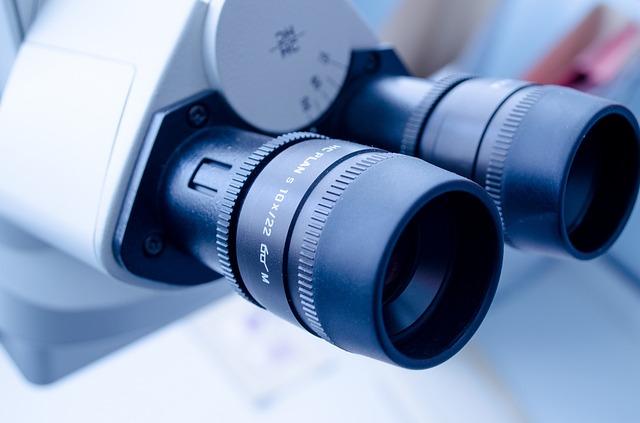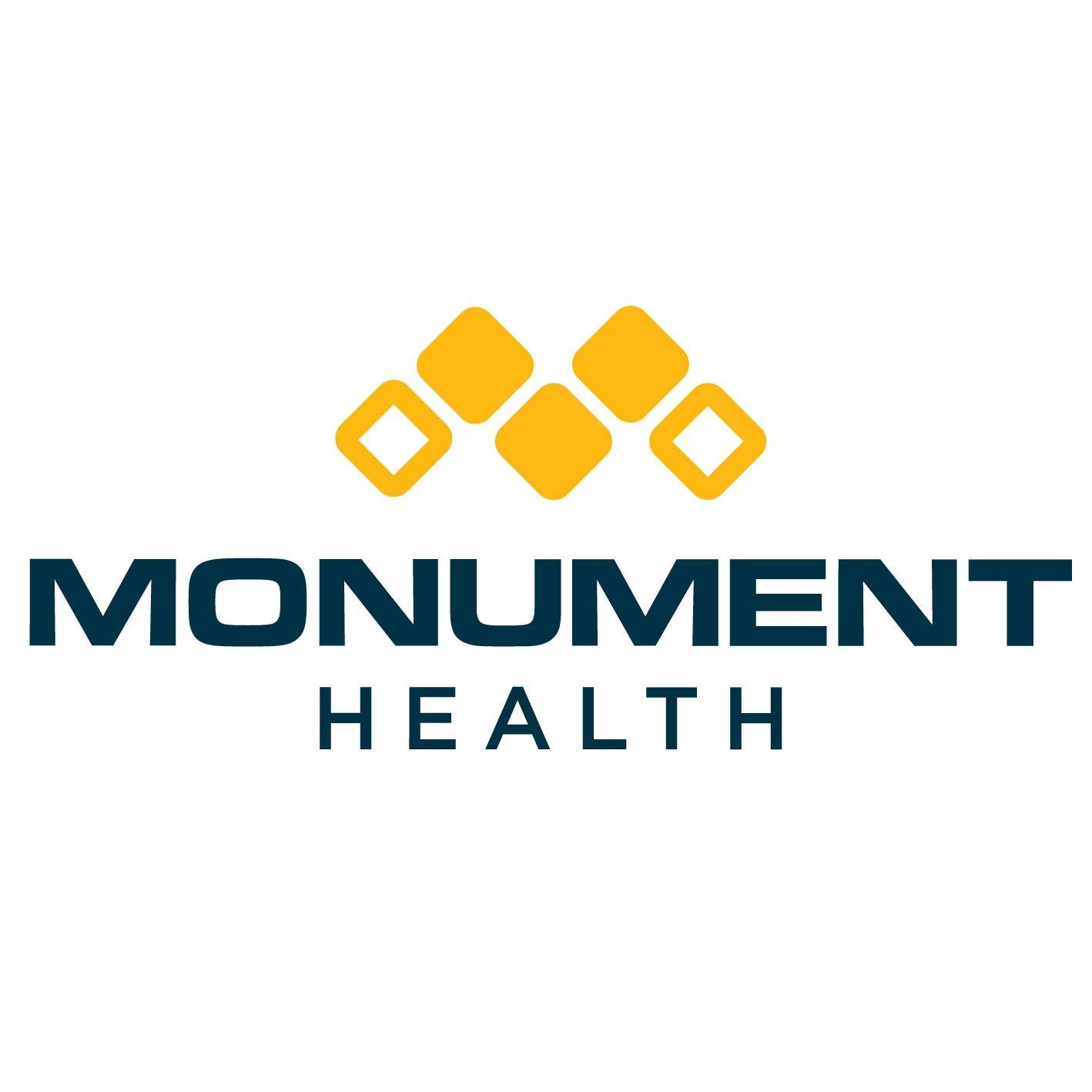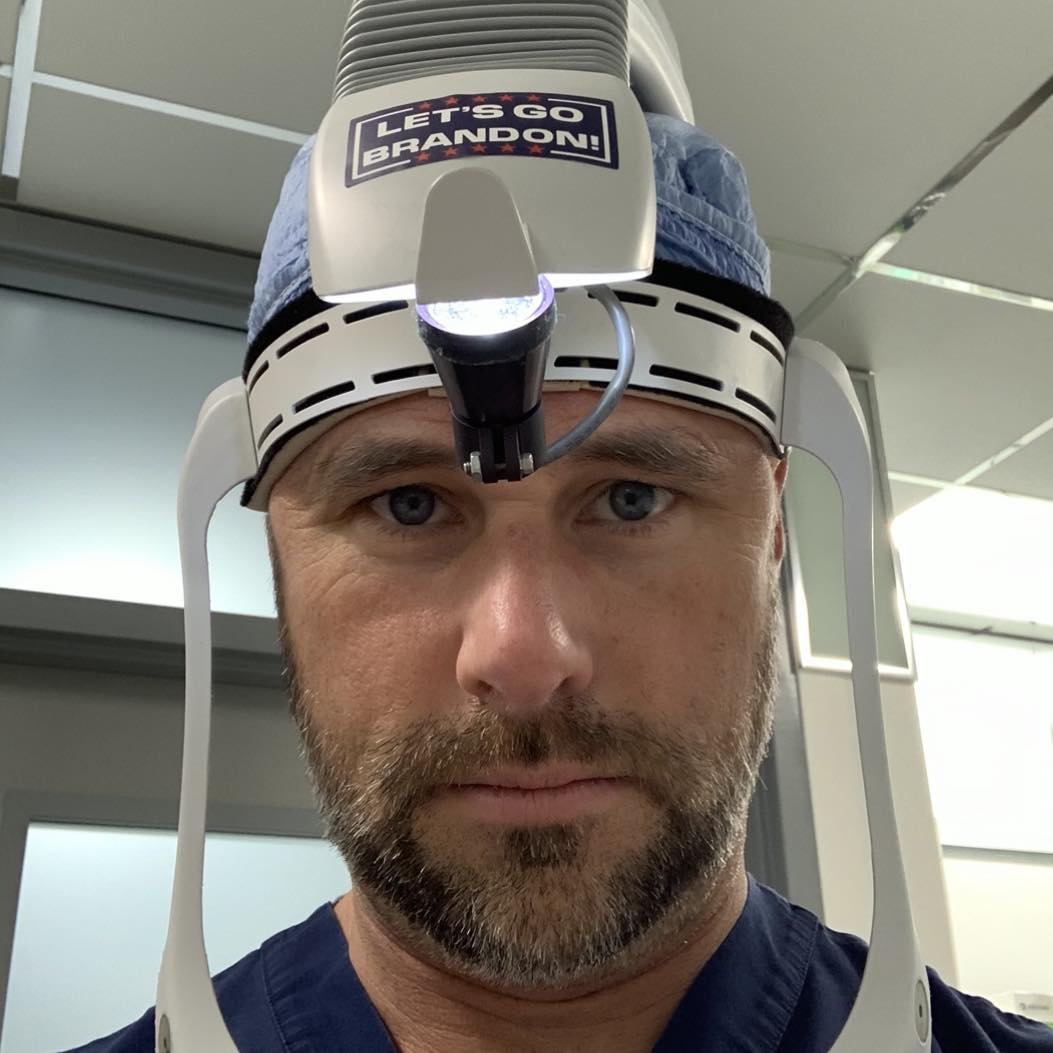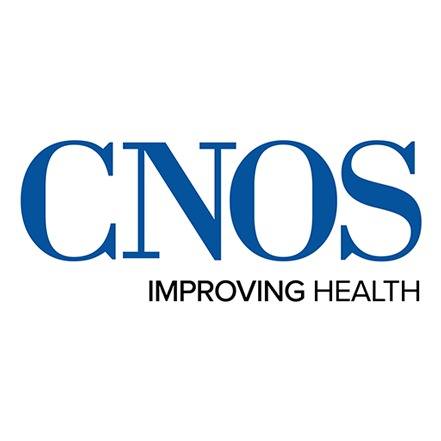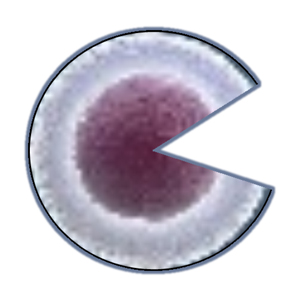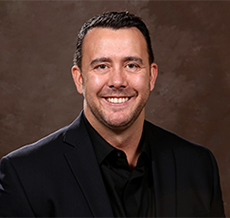Stem Cell Therapy in South Dakota: A Comprehensive Guide For SD Residents
Stem cell therapy has become an increasingly popular option throughout the country, and South Dakota is no exception. As research continues to unlock the vast potential of stem cells to treat injuries, diseases, and chronic conditions, more clinics specializing in these cutting-edge treatments are popping up right here in Sioux Falls and across South Dakota.
But for residents curious about trying regenerative medicine, the landscape can also feel confusing. With new clinical trials and therapies emerging rapidly, it’s understandable to have questions about how stem cells really work, what conditions they can help, whether the treatments are safe, and how to find a reputable clinic.
That’s why we put together this comprehensive guide – to provide South Dakotans with thoroughly researched information to help you make the most informed choices around stem cell therapy in our state. We’ll walk through the basics of what stem cells are and how they promote healing, look at specific applications from orthopedic injuries to neurological diseases, examine the approval process for new treatments, highlight leading clinics in South Dakota, and give guidance on critical factors to consider before pursuing stem cell injections or related procedures.
Our goal is for South Dakota residents to feel empowered in seeking the significant benefits regenerative medicine promises, while also steering clear of questionable “stem cell” claims. There’s understandable excitement around these cutting-edge therapies, but also reason to be cautious and do your homework. With a little knowledge, you’ll be ready to take advantage of stem cells’ incredible potential to heal and restore the body in ways we never thought possible.
So whether you’re struggling with joint pain, autoimmune issues, heart disease or any number of conditions, read on for the definitive guide to navigating stem cell therapy in South Dakota today and into the future.
Stem Cells: A Primer
Before diving into the specifics of stem cell therapy in South Dakota, it helps to understand what exactly stem cells are and what makes them so potentially powerful.
Stem cells are special cells that have the ability to develop into many different cell types in the body. For example, a blood stem cell can reproduce itself and also turn into a red blood cell, white blood cell or platelet. There are two main categories:
Adult stem cells are found in small numbers in tissues throughout the body, such as in bone marrow. They are more specialized and can only transform into a limited number of cell types.
Embryonic stem cells come from human embryos and have the greatest flexibility in what they can turn into. However, their use is more controversial and they are not typically used in clinics today.
A key property that both adult and embryonic stem cells share is that of self-renewal – they can divide and reproduce themselves over long periods of time. This allows a small number of stem cells to build up into the many specialized cells our bodies need.
It is this ability to develop into specific cell types that makes stem cells so potentially useful for regenerative treatments. Researchers have discovered methods to extract stem cells from bone marrow and other tissues, concentrate them, and inject them into damaged joints, nerves, organs and more. Once there, the hope is that the stem cells will help repair diseased or injured tissue by differentiating into healthy new cells of that specific type.
While very promising, most stem cell therapy applications are still highly experimental. But major progress is being made every day, including right here in South Dakota. In the next sections, we’ll survey some of the most exciting areas where stem cells may help treat and potentially cure conditions that other therapies cannot.
The Promise of Stem Cells
Stem cell research has opened up possibilities for treating a wide range of conditions that have been difficult or impossible to cure through traditional medical approaches. Here is an overview of some of the most promising potential applications of stem cell therapy currently under investigation:
Neurological Conditions: Researchers are very interested in using stem cells to help repair damage from stroke, spinal cord and brain injuries, Alzheimer’s disease, Parkinson’s disease, multiple sclerosis and ALS. Injected or implanted stem cells may regenerate lost nerve cells and neural connections. Early clinical trials are underway.
Autoimmune Diseases: Diseases like lupus, rheumatoid arthritis, Crohn’s disease and multiple sclerosis involve the immune system attacking the body’s own tissues. Stem cells may help tame the overactive immune response and regenerate damaged tissue. Small studies show some positive results.
Organ Damage: Stem cells have shown promise for treating kidney failure, liver cirrhosis, lung scarring, and improving heart function after heart attacks. Cells may help repair and regenerate organ tissue. Success has been seen in early trials.
Arthritis & Injuries: Stem cells extracted from bone marrow or fat may be able to repair damaged joints, tendons, ligaments and cartilage from injury or conditions like arthritis. Therapies are currently in testing with some promising indications.
Vision & Hearing Loss: Embryonic and induced pluripotent stem cells have been used to generate nerve cells that may be able to restore vision for certain causes of blindness. Similar methods could improve hearing loss. But both applications require much more research.
Heart & Lung Diseases: Stem cells are being investigated for regenerating heart tissue damaged by heart attacks and improving lung function for conditions like chronic obstructive pulmonary disease (COPD). But these treatments need more substantial clinical data.
Research into stem cell therapies is advancing rapidly. While still highly experimental, preliminary results are fueling excitement about the vast health conditions stem cells may someday treat or possibly cure.
Where Things Stand
It’s clear that stem cells hold enormous potential for treating injuries, chronic illnesses and neurodegenerative conditions. However, most applications are still in early experimental stages. Very few stem cell therapies have advanced to completed clinical trials and been approved by the FDA.
This means that the majority of stem cell procedures today are being conducted as part of registered clinical trials. This allows researchers to study the safety and efficacy of new treatments under controlled conditions, while also giving patients access to cutting-edge therapies.
It’s important to understand that paying for an unproven stem cell procedure outside of a clinical trial is very different from enrolling in an accredited study. The FDA has only approved a handful of stem cell products, including cord blood-derived treatments for certain blood disorders.
Patients should be wary of any clinics claiming their stem cell injections are fully “approved” therapies. Responsible clinics make clear which treatments are experimental and part of clinical trials versus established medical procedures cleared by the FDA.
The good news is that progress is happening rapidly, with hundreds of trials underway globally. Right here in South Dakota, residents have access to leading clinical trials at reputable facilities. And approved treatments will continue emerging in coming years.
While excitement is justified, patients should maintain realistic expectations until conclusive trial data demonstrates stem cells are safe and effective for their condition. Your doctor can help interpret the status of research and weigh pros and cons of investigational treatments.
What to Consider
For South Dakota residents hoping stem cell therapy may help treat their condition, it is essential to research your options thoroughly first. While this field holds great promise, there are also key factors to weigh:
- Seek input from your physician before considering investigational treatments. Together you can review the current data and weigh potential benefits/risks.
- Ask clinics detailed questions about oversight, physician credentials, data collection, contamination prevention, etc. Responsible clinics will be transparent.
- Understand the difference between clinical trials and private pay procedures. Trials provide more patient protection and help advance research.
- Watch for red flags like guaranteed results, aggressive marketing, high-pressure sales tactics or clinics portraying treatments as fully approved.
- Consider the benefits and risks of traveling abroad for stem cell procedures not approved in the US. Oversight and regulations may be lacking.
- Check if your condition truly requires stem cells from your own body or donation is ethical. Using your own cells is not always necessary or beneficial.
- Keep expectations realistic. Stem cell therapies hold promise but are mostly unproven. Responsible clinics will convey this.
Do your homework, consult doctors you trust, and understand the status of research for your condition. This will help you make the most informed choice about pursuing stem cell therapy.
FAQ
Q: What is stem cell therapy?
A: Stem cell therapy is a type of treatment that uses stem cells to promote natural healing and repair diseased or damaged tissues in the body.
Q: What is Stem Cell Therapy in South Dakota?
A: Stem Cell Therapy in South Dakota refers to the use of stem cell treatment in the state of South Dakota.
Q: Where can I find stem cell therapy in South Dakota?
A: You can find stem cell therapy in South Dakota at various medical facilities and clinics, particularly in Sioux Falls.
Q: What is Dakota Stem Cell?
A: Dakota Stem Cell is a South Dakota-based affiliate of the Cell Surgical Network®, specializing in stem cell therapies.
Q: Who is Erik Peterson?
A: Erik Peterson is a native of Sioux Falls and is affiliated with Dakota Stem Cell.
Q: How are stem cells used in regenerative medicine?
A: Stem cells are being used in regenerative medicine to extract the stem cells from the reservoir, usually the iliac crest of the pelvic bone, and then inject them into the targeted area of the body to promote healing and tissue regeneration.
Q: What types of stem cells are used in stem cell therapy?
A: Stem cell therapy uses various types of stem cells, such as mesenchymal stem cells, which have the potential to differentiate into different cell types in the body.
Q: Who is a good candidate for stem cell therapy?
A: A good candidate for stem cell therapy is someone who has a condition or injury that can potentially benefit from regenerative medicine and has been evaluated by a medical professional.
Q: What is the Cell Surgical Network®?
A: The Cell Surgical Network® is a leading network of affiliated clinics and physicians specializing in stem cell therapies and regenerative medicine.
Q: What is the role of stem cell therapy in sports medicine?
A: Stem cell therapy is increasingly being used in sports medicine to help athletes recover from injuries and enhance the healing process.
Looking Ahead
Stem cell research represents an incredibly exciting new frontier in medicine. The ability of these cells to renew, multiply and turn into specific cell types has opened up endless possibilities for regenerating damaged tissues and curing previously incurable conditions.
While most applications are still highly experimental, new treatments are rapidly moving through clinical trials here in South Dakota and nationwide. In coming years, approved stem cell therapies are expected to emerge for an expanding number of orthopedic injuries, degenerative diseases, organ damage and more.
However, experts caution against “stem cell tourism” at unproven clinics, especially abroad. Responsible regulators and physicians urge patience as the rigorous clinical trial process unfolds. This will ensure new treatments are safe and effective before becoming available to patients.
For South Dakota residents considering stem cell therapy, we hope this guide provides a valuable overview of the current landscape and factors to weigh. Do your homework, ask lots of questions, and consult doctors you trust. Together you can determine if an approved treatment or clinical trial is right for your condition.
This is no doubt an exciting time in regenerative medicine. We hope this resource helps you make the most informed choices so that you and your family can benefit from stem cells’ vast healing potential in the safest, most ethical way possible. The future is bright, and we’re proud South Dakota is helping lead the way.
South Dakota Stem Cell Therapy Providers
Here you can find the best stem cell therapy providers in the state of South Dakota. Fill out the form and a provider will contact you as soon as possible.
